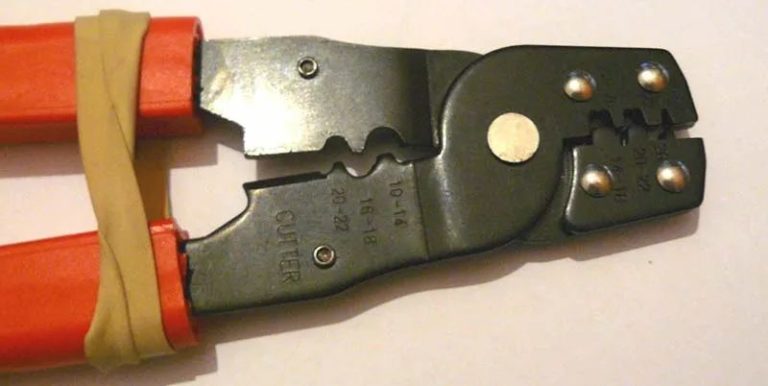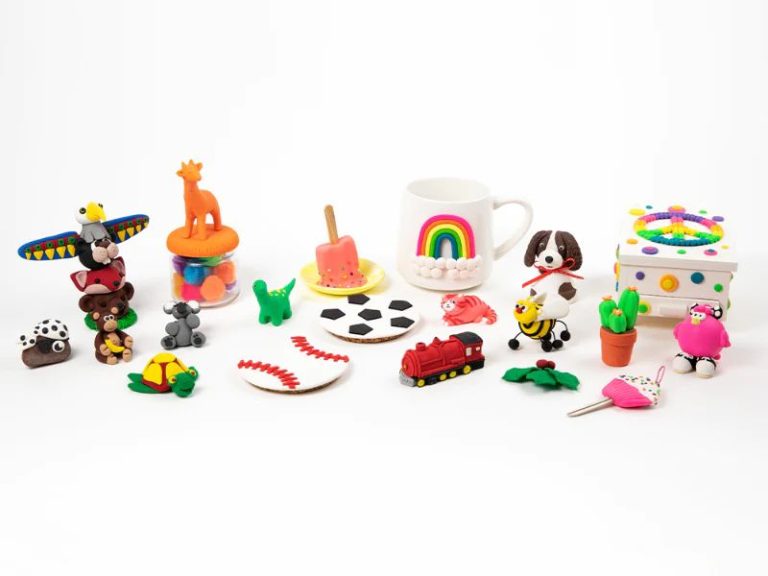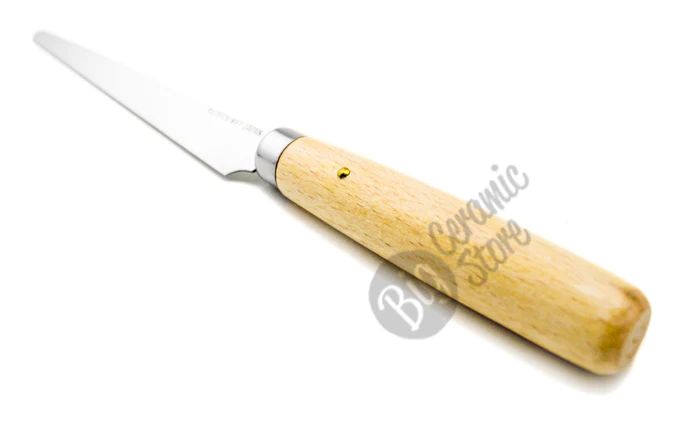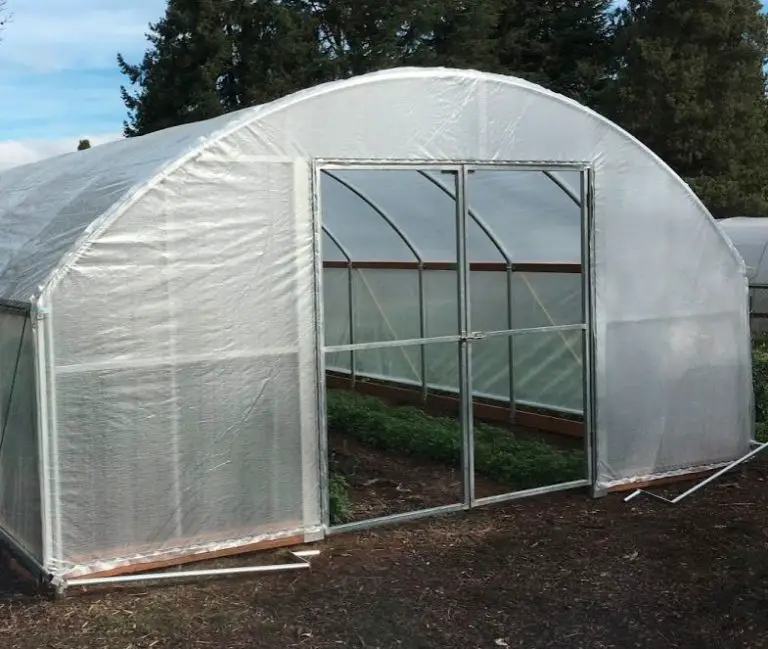How Do You Drill A Hole In A Clay Pot Without Breaking It?
The goal of drilling holes in clay pots is to provide drainage without causing them to crack or break. Proper drainage is important for the health of plants, allowing excess water to flow out of the bottom of the pot. This prevents root rot and other problems caused by soggy soil. Drilling holes in clay pots can be tricky, as too much pressure may cause them to fracture. However, with the right tools and techniques, small holes can be added to clay pots without causing damage.
Gather Necessary Materials
Before starting any drilling project, it’s important to gather all the necessary materials. To drill a clean hole in a clay pot without breaking it, you’ll need:
- Power drill – A cordless drill is preferable for maneuverability.
- Drill bits – Various sizes depending on your desired hole size. Smaller is better for delicate work.
- Masking tape – To mark drill locations and stabilize the pot.
- Water – To keep the drilling area cool and minimize friction.
Having these supplies ready will make the process smoother and prevent you from accidentally cracking the pot by starting to drill without proper preparation.
Select the Right Drill Bit
When drilling into ceramic or clay, it’s important to use the correct drill bit. Standard twist bits are likely to crack or shatter the material. For best results, opt for a diamond-tipped or carbide-tipped drill bit. The extremely hard materials of these bits allow them to grind smoothly through the clay without damaging it.
Diamond-tipped bits will provide the cleanest cuts, but can be more expensive. Carbide bits are an affordable alternative that work well for most clay drilling jobs. For smaller holes under 1/4 inch, consider using a diamond burr bit, which provides precise control.
Avoid masonry/tile bits, which are designed for high speed drilling and will likely fracture the clay. Stick to diamond or carbide bits that can drill slowly and smoothly.
Mark the Desired Hole Locations
Before drilling, you’ll need to decide where you want the holes on your clay pot. Mark these locations with a pencil or marker. This allows you to visualize where the holes will be placed.
Lightly draw small circles where you want the holes. Space them evenly for the most aesthetic look. For drainage, holes around the bottom perimeter work best.
Marking first gives you a guide to follow when drilling. It also prevents drilling unnecessary holes or placing them too close together and weakening the structural integrity of the pot.
Protect the Pot
Protecting the pot before drilling helps prevent cracking. The best way to protect the pot is by adding tape around the entire pot or specifically around the planned drill hole locations.
Duct tape or masking tape works well for this. Wrap a strip of tape completely around the pot to cover the area where you’ll be drilling. The tape helps hold any cracked pieces in place.
If you only want to protect the specific drill locations, cut small squares of tape and stick them over where you plan to drill. Make sure to smooth down the edges of the tape so they adhere well.
The tape provides stability and absorbs some of the shock and vibration from drilling. This greatly reduces the chances of the pot cracking or breaking apart.
Drill at an Angle
When drilling into clay pots, it’s important to avoid drilling straight down vertically into the pot. Drilling straight down puts excessive force directly onto the clay and will likely cause cracks and breakage. Instead, try to drill at a 45 degree angle or slightly less. This distributes the drilling force more gradually into the clay.
Position the drill at an angle so you are not drilling directly perpendicular to the pot surface. Rest the bottom corner edge of the drill bit against the marked spot on the pot. Tilt the drill so it is aimed at a downward angle rather than straight down. Use one hand to brace the drill and apply light pressure. Let the angled drill bit gradually grind away at the clay.
Drilling at an angle takes a bit more care and effort, but reduces the risk of damaging the pot. The angular force gives the clay time to compress rather than instantly cracking from the direct downward pressure. Take things slowly and carefully while drilling at an angle. This will help ensure clean and controlled holes.
Drill Slowly
When drilling into clay, it’s crucial to use a low speed to avoid cracking or damaging the pot. Clay is delicate and prone to chipping if drilled too quickly. Set your drill to the lowest speed setting, usually around 500 rpm or less. Take it slow and steady as you penetrate the clay’s surface. Rushing through the drilling risks the bit grabbing onto the clay aggressively and potentially cracking the entire piece. The slower you drill, the cleaner the hole will be.
Additionally, letting the drill do the work by gently applying pressure allows for greater control. Don’t force the drill against the clay roughly. Simply hold it in place and drill slowly and smoothly into the material. Pay close attention to any cracking sounds, which are a sign you may need to reduce speed. Take your time for the best results and to avoid having to start over with a new pot.
Pause Periodically
It’s important to pause regularly while drilling the holes in a clay pot. Friction from the spinning drill bit produces heat that can build up and cause cracks or breakage if you drill continuously. Pausing periodically allows some of this heat to dissipate before resuming. Try pausing for at least 30 seconds after every 10-20 seconds of drilling. You may need to pause more frequently if drilling larger or multiple holes. Pay attention to any cracking sounds that indicate too much heat buildup. Pausing gives the clay time to cool, helping prevent damage to the pot. Drilling with steady but intermittent progress is the safest approach.
Use Water
One important technique when drilling holes in clay is to dip the drill bit in water periodically. This serves several helpful purposes:
- Keeping the drill bit cool – Friction from drilling can heat up the drill bit very quickly. Dipping it in water cools it down so it doesn’t get too hot. This prevents the drill bit from damaging the clay.
- Lubrication – Water helps lubricate the drill bit so it moves smoothly through the clay. This reduces friction and the chances of cracking the pot.
- Cleaning – Swishing the drill bit in water cleans away clay debris building up on the bit. This keeps it drilling efficiently.
- Smoothing – Using water softens the clay around the drilling point so the drill bit moves through it more smoothly.
Dip the drill bit in water every 15-30 seconds of drilling to keep it cool and lubricated. Have a cup or bowl of water handy to make this easy.
Smooth the Holes
After you have finished drilling all the necessary holes, it’s important to smooth any rough edges. Clay pots and ceramics can easily chip and crack if handled roughly. Use a fine-grit sandpaper or emery board to lightly sand the edges of the holes. Only apply minimal pressure as you smooth the rims so as not to widen the holes. This helps prevent sharp edges that could cut fingers or snag clothing. You just need to take down any obvious bumps or jagged areas. The goal is to round off the holes for a clean finished look without weakening the structural integrity of the pot. With some gentle sanding, you can turn freshly drilled holes into smooth openings.




